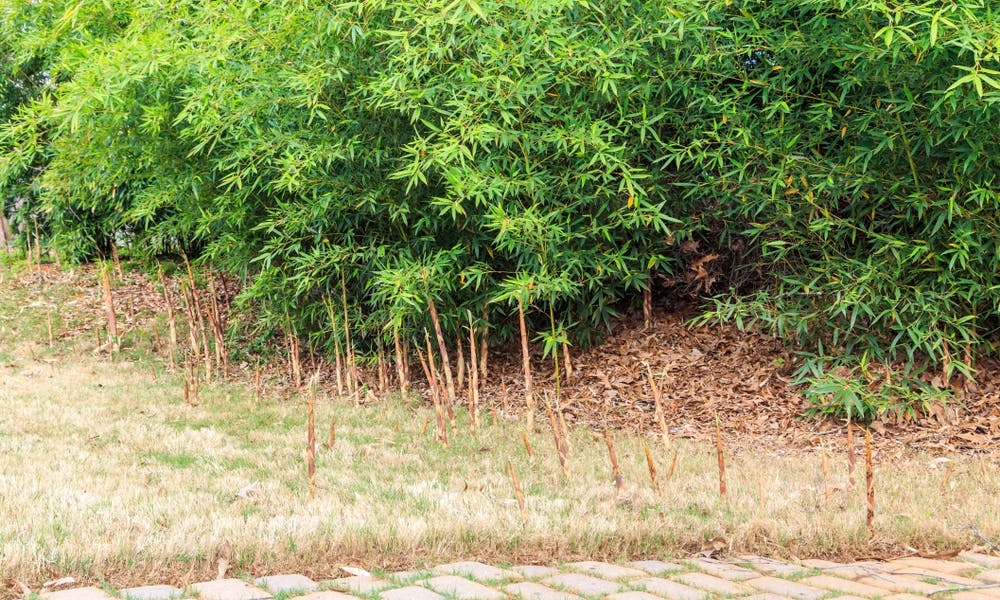With the popularity of gardens expanding across the globe, another awareness is setting in. This awareness is focused on the
looming threats that plants must face daily and how best to avoid some of the pesky plant diseases that can infect and destroy our lovely reserves of nature. As people become more health-conscious and are looking for a way to grow, not only fresh, clean produce for themselves, as well as to create beautiful spaces for mindfulness, gardeners, whether growing flowers or fruit and vegetables, must consider the different diseases and how best to combat them. We explore 10 of the peskiest plant diseases, what to watch out for, and how to deal with them without damaging the plants in our gardens even more. These include:
• The Deathly Blight
• Canker Sores
• Leaf Curl
• Mildew Issue
• Root Rot
• Tips to Keep in Mind
The Deathly Blight
The deathly blight disease is quite a common occurrence throughout North America. It infects many plants, although it is significantly seen on tomatoes and potatoes in early blight. The scientific names for the two fungi responsible for this pesky infection are Phytophthora infestans and Alternaria solani. The earliest symptoms to look out for smaller, brown spots that form concentric ring patterns, typically on older leaves closer to the ground. Eventually, the disease spreads outwards across the leaf, wilting it and turning it yellow, and then continue to the rest of the plant such as the stem and any fruit. Anyone living in wet, humid environments may see this disease pop up. If you notice any symptoms,
immediately prune any infected plants and dig up the soil, then add organic
compost and clean up the area to make sure it does not spread.
Canker Sores
Another disease commonly found throughout North America, the bacterial canker can be found infecting many stone fruits such as apricots and peaches. Keep an eye out for sunken, spongey lesions forming upon trunks or on twigs. You may find a stinky oozing sap seeping from some of the lesions as well. These sores may be quite moist and can range in color from black to reddish. If any cankers get onto the branches or trunk of the tree, they may eventually cause the leaves above to turn yellow and die. Pseudomonas syringae, the pesky bacteria which causes canker, generally makes its way into a plant after pruning or damage to a plant. Make sure to prune as much as possible during the blooming season and seal up any lesions. Don’t forget to wash any pruning tools after use, as they carry the bacteria onto other plants if not cleaned properly.
Leaf Curl
Primarily affecting peach and nectarine plants, the leaf curl, or taphrina deformas, is caused by a fungal infection. It is one of the
more common fungal infections in backyard orchards across the globe. The first symptoms of the disease appear in spring, with reddish spots showing up on leaves. Eventually, the infected areas become swollen, and the leaves curl and bend out of shape. The spores produced by these fungi can spread quickly, blown from tree to tree by the wind, so it is imperative to stop it at the source as soon as possible. There are resistant varieties of plants to this, so ideally, you would buy them. Any infection can be controlled through pruning and by spraying some copper, or sulfur fungicides on the affected areas, then onto the entire tree once all the leaves have dropped.
Mildew Issues
Another North American culprit, powdery mildew is a fungal disease. Multiple fungi can cause mildew issues on plants. It is very often found in areas with high humidity. The initial symptoms can be found on younger leaves, with blisters forming on the surface of leaves, causing them to curl. As the infection spreads, a whitish-gray growth forms atop the leaves, and infected buds tend to not blossom. Any plant that is infected severely eventually withers and dies. Be wary, as spores can lie dormant inside leaf buds and eventually affect entire gardens after being spread by the weather. Ideally, planting resistant varieties of plants, keeping them in sunny areas, and keeping wide spacing between plants helps circulate the air and keep any fungi from growing in the first place. If an infection has already taken place, though, prune the area as much as possible and put down a heavy layer of mulch once it’s been cleaned.
Root Rot
Another fungal disease to be wary of, root rot can also be of great concern to anyone growing almonds. This disease infects newly blossoming plants in spring, eventually causing canker like sores that destroy stems and kill off plants. Look out for circular spots, sometimes brown, that
spread out over the surface of plants. These spores can be spread to other plants in the area and must be pruned and destroyed quickly. Once a plant is sufficiently infected, then removing the entire tree may be necessary before it spreads to a whole area.
Tips to Keep in Mind
There are myriad more types of diseases that can spread and wreak havoc in gardens and orchards, and these five are just a small sample. Remember, when thinking to prevent any kind of infection on your plants that making sure to have proper spacing between them all is ideal, with fresh air and sunlight helping to keep fungi and bacteria in check. When pruning, make sure to be as gentle as possible, and not cause additional damage to a plant that can help bacteria get a foothold. Any tools used to deal with an infection should be thoroughly washed before the next use, and do not, DO NOT, compost any plants that have been infected, as you can imagine what kind of infectious disaster may take place after. Taking strong preventative measures and researching the best care manuals for your plants is the ideal way to keep your garden or orchard healthy and robust.
